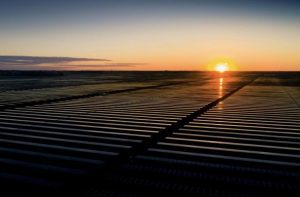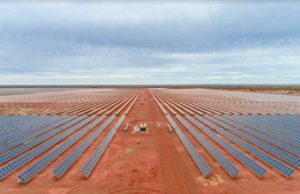Australia’s Clean Energy Regulator has published its latest data on energy retailers failing to meet their quota of large scale renewable energy investment, with business specialist ERM and Alinta heading the list.
ERM, according to CER data, recorded a shortfall of 1.9 million large scale renewable energy certificates (LGCs) – about enough to support the annual generation of eight solar farms the same size as Australia’s biggest to date, the 105MW Nyngan solar farm.
Alinta fell a total of 200,000 LGCs short of its obligations. Although this represented only around 35 per cent of its total liability (as opposed to ERM’s 84 per cent), it still equated to one solar farm of around 100MW.
Instead of being invested in new wind and solar projects, the money will go to government revenue rather than renewable energy developments. Dozens of wind and solar projects around the country are stalled because they are unable to gain contracts with electricity retailers.
About 5GW of new wind and solar farms will be needed to meet the legislated renewable energy target of 33,000GWh by 2020.
The table above provided by CER outlines all the retailers that had significant short falls in their obligations. Most are very small and many – such as ERM – will be likely exercising tax losses to incur only the pre-tax penalty of $62/MWh, as opposed to $92/MWh and the current LGC market price of around $80/MWh.
Firms such as ERM and Alinta are also likely to benefit, because an extra nine solar farms would likely to have put a dampener on wholesale market prices, and the profits that those companies’ mostly gas fired generation would product.
Some retailers, such as specialist small business retailer Energy, failed to surrender any of their obligations, with a 62,000 shortfall.
“QEnergy has no control over the cost of environmental charges,” it tells customers on its website – failing to note that it is a market based system and they are simply paying the highest cost (the penalty) for failing to comply.
ERM, which specialises in big business customers, including some government departments, and has around 10 per cent of the total market, announced in January that it had opted to pay $123 million in penalties rather than choose to build or contract new wind and solar.
The decision brought an instant rebuke from the Clean Energy Regulator, which promised to take action: “We view the intentional failure to surrender certificates as a failure to comply with the spirit of the law and an undermining of the objectives of the scheme,” it said.
John Grimes, head of the Australia Solar Council, said at the time: “If ERM Power wants to ‘pay’, rather than ‘play’ – lets help them out … let’s make sure their customers know they are wasting money in this way.”











